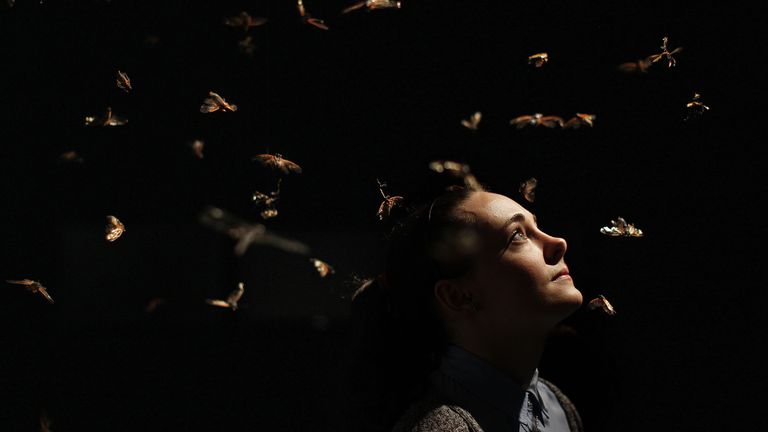Cicada Mania 2024: Billions To Emerge In Rare Double-Brood Event
A rare — and, depending on your outlook, potentially horrifying — event is about to take place throughout the American Midwest and Southeast. How unusual? Well, the last time this situation occurred, the year was 1803 and Thomas Jefferson was President. Basically, the region is set to be absolutely overwhelmed by what some have dubbed an “insect apocalypse.” Billions, potentially trillions, of cicadas are going to emerge from the ground to wreak havoc.
A remarkable creature
Cicadas are remarkable creatures. There are some 3,000 species accounted for, all of which have big eyes, see-through wings, and bulky bodies. We can broadly split all the species into different categories: the annual cicadas and the periodical cicadas. We’ll get into the differences between the two shortly.
Cicadas can be easily confused with locusts, and, sure enough, there are similarities. They kind of look alike, for one thing, with both sets of insects having six legs, bodies that are segmented in a similar way, and big eyes.
Cicadas vs. locusts
The distinctions between cicadas and locusts are significant, though. They’re members of different orders, with cicadas being considered Hemiptera and locusts being classified as Orthoptera. The differences between these two groups are real, but perhaps the subtleties involved are for the entomologists to think about.
As for the rest of us, there’s a pretty clear divergence that we can note: cicadas don’t swarm, but locusts very much do. And when locusts swarm, they can consume huge amounts of vegetation, potentially leading to famine for human populations.
Covered in creepy-crawlies
For thousands of years, certain areas have been ravaged by swarms of locusts. Even in recent times — like in eastern Africa across 2019 and 2020 — the insects have devastated populations’ food supplies. As for cicadas, we’ll never see anything like that. They don’t travel across great distances, as locusts can.
While cicadas don’t swarm, they do emerge in tremendous numbers when it’s time to reproduce. If you get caught up in that, you’re liable to get covered in the creepy-crawlies!
Time spent underground
Annual and periodical cicadas differ in the length of time they spend underground at the start of their life cycle. Annual cicadas generally spend two years beneath the surface as nymphs, while their periodical counterparts will be underground for 13 or 17 years!
Of the 3,000 or so cicada species, a mere nine are classified as periodical, and seven of those are based in North America. The other two are in India and Fiji, respectively.

